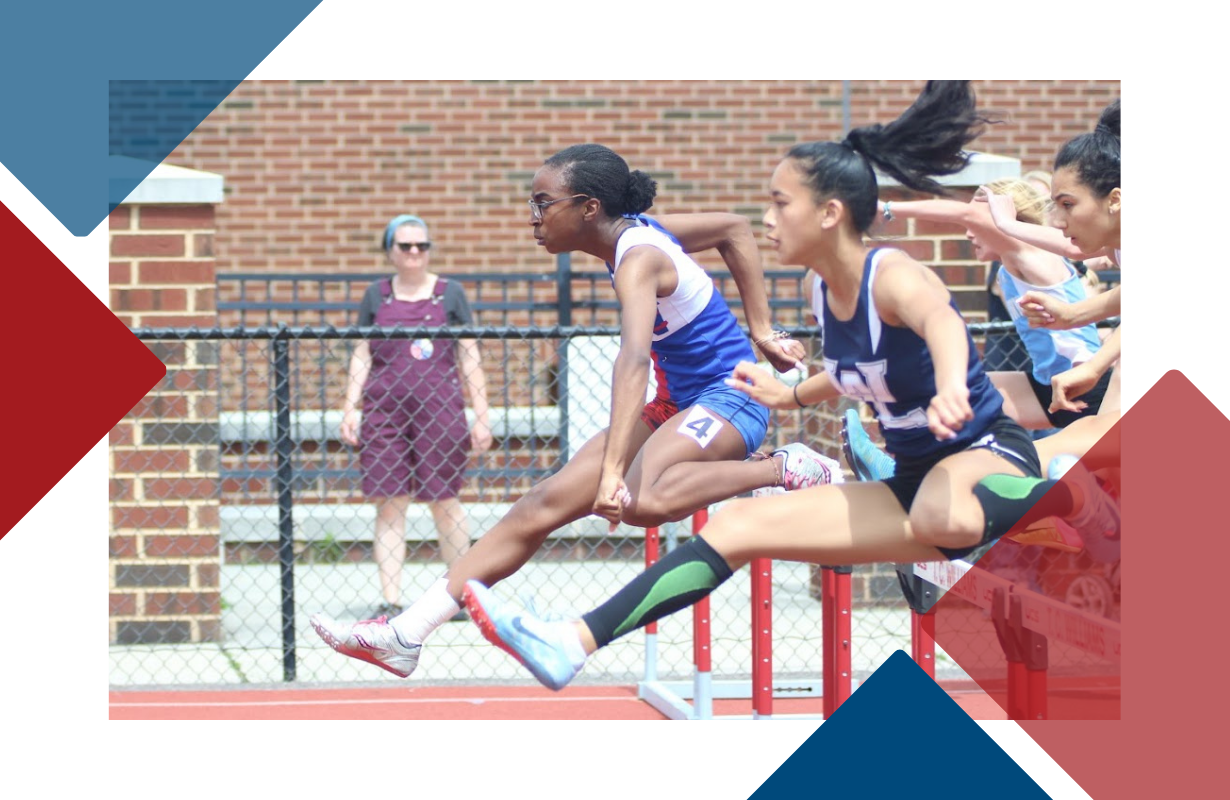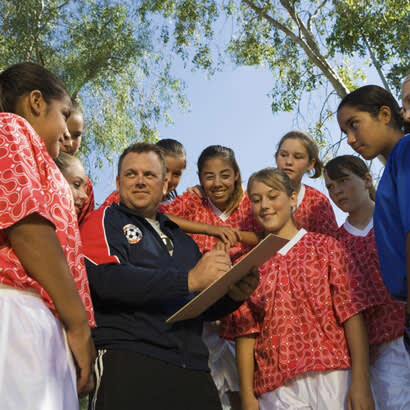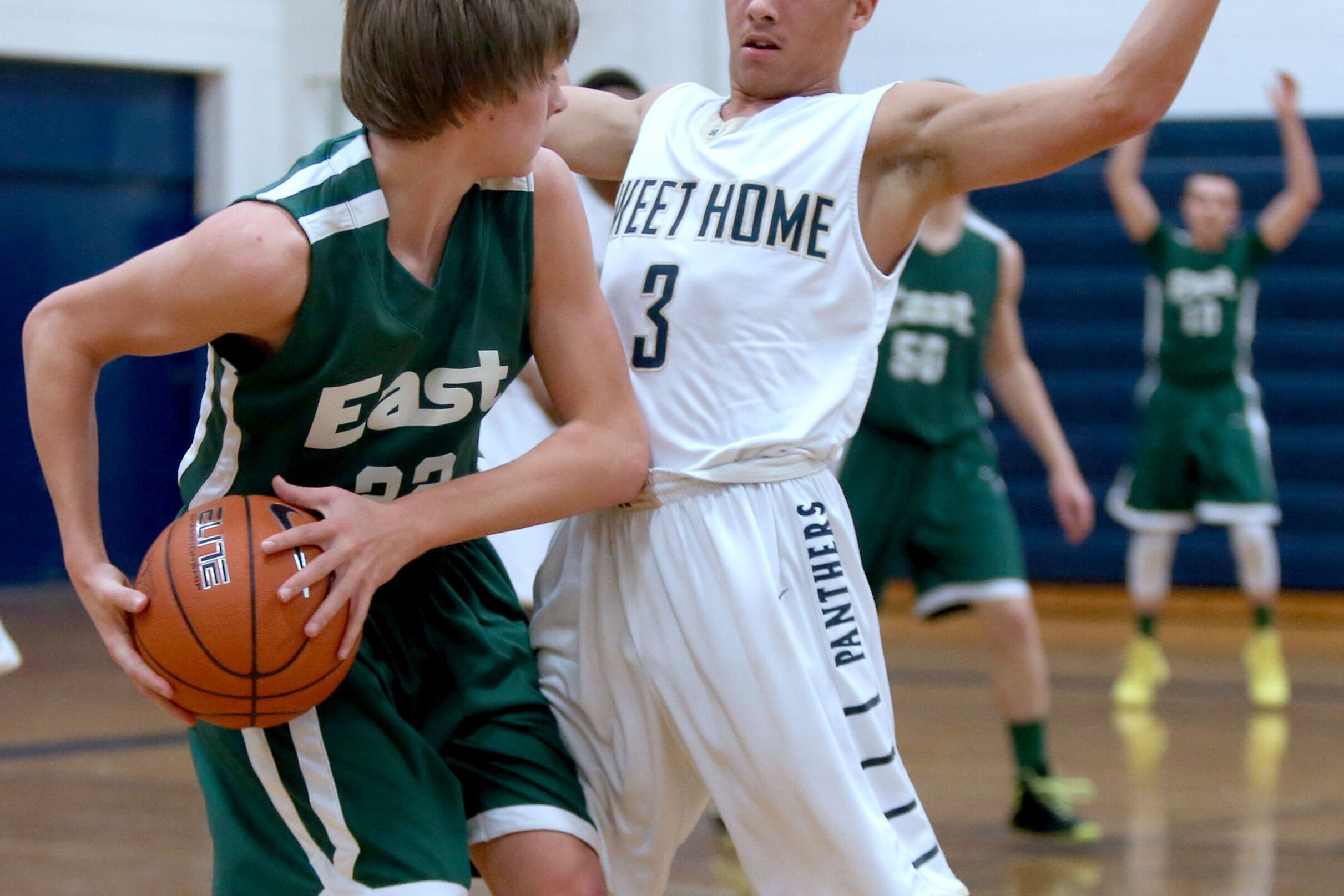Even before the coronavirus pandemic, the odds to access sports were stacked much higher for youth with a disability than the general population. Physical activity levels are 4.5 times lower for youth with a disability, and the obesity rate is 38% higher for these children, according to the National Center on Health, Physical Activity & Disability (NCHPAD).
Now, as youth sports start to return from COVID-19 in some states, the gap to access opportunities may grow even wider. People with disabilities are taking a more conservative approach on when and how to play sports again because of health concerns.
“People with disabilities are very much being more cautious,” said Bob Lujano, NCHPAD inclusion specialist and a former Paralympic rugby athlete. “There’s great fear of, if I do come down with (COVID-19) and I go to a hospital with only one or two ventilators, am I going to be passed over because Joe Smith, a 25-year-old without a disability, will get taken care of first?”
Move United, which helps individuals with disabilities to develop fitness through sports, is urging its 70,000 youth, wounded warriors and adults to proceed with a higher level of caution.
“Being ‘first’ in your community should be avoided,” Move United said in its return to play guidelines. “Take the benefit of some time to learn from other effective strategies, plan carefully, train your providers and form local partnerships that help prepare for the safest possible environment.”
Disability alone may not be related to higher risk for contracting COVID-19 or having severe illness, according to Centers for Disease Control and Prevention. However, CDC says some people with disabilities might be at a higher risk because of their underlying medical conditions. According to CDC, adults with disabilities are three times more likely than adults without disabilities to have heart disease, stroke, diabetes or cancer than adults without disabilities.
New research shows people with disabilities such as cerebral palsy, Down syndrome and autism are more likely to die from COVID-19 if infected, especially at younger ages, The Miami Herald reported. Part of the reason is that people with intellectual and developmental disabilities (IDD) are more likely to have pre-existing health conditions that increase their risks of severe consequences.
A study published in the Disability and Health Journal researched medical records from 42 health care organizations of more than 30,000 test-confirmed coronavirus patients: 474 with IDD and 29,808 without. The overall fatality rate for people with and without IDD was about the same. But for patients 17 years old and younger, those with IDD had a fatality rate of 1.6%, while those without IDD had a rate of less than 0.1%, according to the study. Between ages 18 and 74, the case-fatality rate was 4.5% for patients with IDD and 2.7% for patients without IDD.
The chances of contracting COVID-19 were about the same for people without and without IDD. But among youth ages 17 and younger, the study found the odds of contraction were “remarkably higher” for those with disabilities (26%) versus those without them (3%).
A separate NPR analysis, which examined research in group homes, found people with intellectual disabilities and autism who contract COVID-19 die at higher rates than the rest of the population. Those with intellectual disabilities and autism are twice as likely to die in Pennsylvania and 2.5 times more likely to die in New York.
“We want our members to return in a pretty conservative fashion,” said Julia Ray, programs director at Move United, which recently changed its name after merging Disabled Sports USA with Adaptive Sports USA. “There are some organizations that are trying to come out more quickly, but we’re not in that bucket.”
The International Paralympic Committee advised, “The Paralympic athlete population is not a homogenous group. Para athletes are all individuals with very different underlying conditions and health needs, so the notion of a one-size-fits-all approach to COVID-19 is not appropriate or representative of an individual athlete’s risk.”
Still, a lot of caution is being taken. People with disabilities and/or chronic conditions face inequalities in emergency responses that affect health, safety and well-being.
The Lakeshore Foundation, which is the official U.S. Paralympic training center in Birmingham, Alabama, partnered with the NCHPAD in April on a survey to better understand the needs of people with disabilities. The survey of about 1,400 adults – either those with a disability or their caregiver – found that the primary source of worry was overall health and well-being. Concerns were expressed about how to access food, medication and personal care assistance.
More than half of the respondents (58%) said they could not meet daily needs in recreation or other health-related activities, and four out of 10 could not keep doctor or therapy appointments. Only 24% reported reaching out to an organization for help during this time, and of those who sought assistance, only 12% reported all of their needs were met.
One significant concern about returning to sports is maintaining the safety of staff and volunteers in cases where youth need help to play.
“We’re looking at where testing is available in a community whether that is a solution,” Ray said. “The second piece is intellectual and cognitive disability. Are they able to wear protective gear where it’s required and can they safely follow an instruction? There are definitely some unique considerations.”
Experts told The New York Times that one way to teach new concepts during COVID-19 to kids with intellectual disabilities is through “social stories.” These are individualized short stories that pair simple language with pictures used for children with disorders such as autism. They also recommend using color-coded circles to teach social distancing – such as red for strangers, orange for people you would normally wave to, green and yellow for casual and close friends, and blue for people you can hug, such as parents or siblings.
In Lujano’s case, he has no hands and can’t independently put on a traditional mask during COVID-19, His wife created a strap that connects both ends of the mask, allowing him to put it on himself.
With so many people with disabilities stuck inside during the pandemic, Move United launched Adapt at Home, which has produced 500 live and on-demand workouts through the organization’s website. Various Move United chapters are creating videos on topics, such as high cardiovascular activities, nutrition, yoga, emotional health and wheelchair dancing. Move United is now sending free fitness kits to people who don’t have access to equipment, such as a ball and jump rope, for their workouts.
“The online movement is one of the interesting, positive byproducts for this community,” Ray said. “With all of these people who were never able to leave their home or suffering from isolation before COVID-19 happened, is this an opportunity to reach more people moving forward? Is this a way to get to people who live in a home or a rural area many miles away from clubs? It’s forced us to be innovative. We’re pretty good at adapting anyway in the disability world, so we pivoted pretty quickly.”
At Lakeshore Foundation, no sports events and on-site classes are taking place. Members are required to schedule visits in increments of 1 hour and 45 minutes, with a limit of four visits per week. Towels, showers, changing areas, lockers and vending machines are not available.
Lakeshore plans to host a virtual wheelchair basketball camp for youth this summer. So far, 36 kids have registered.
“The thing to remember is one of the main health benefits of activity is the mental component of it – evaluating your self-esteem, knowing you’re on a team, and knowing we have the same issues health-wise,” Lujano said. “That is very much something that’s been missed.”
Move United’s rebranding during COVID-19 has caused the organization to rethink its messaging. The goal: Shine a light on why sport is a great vehicle for showcasing what people with disability can do, “not simply congratulating someone with a disability just for going shopping in a grocery store,” Ray said.
“We found the word ‘disability’ didn’t actually inspire people, even though one in five Americans have a disability,” she said. “We observed most people don’t know someone with a disability among their chosen friends. There’s still great stigma attached, and it’s a revolution that’s long overdue. We haven’t integrated people with disability into the fabric of our society, such as engaging our kids to play sport along other kids and be inclusive. There’s been such an emphasis on winning. This is a huge struggle.”
Eli Wolff, a former Paralympic soccer player and co-founder of the Sport and Society Initiative at Brown University, said the narrative about athletes with a disability must stop focusing on “inspirational pity stories” that reinforce stigmas.
“Instead of a kid who loves sports and is engaging in play, they become the token inspirational kid,” Wolff said. “Getting put in the box has a perpetual effect on young people. I would like to see more stakeholders in youth sports have a more strategic initiative around youth with disabilities, and not just as an add-on.”
Lujano reminds people there’s a reason kids with a disability are far less active than the general population. Their opportunities are limited.
“I’ve told people (during the pandemic) who do not have disabilities that you’re kind of now experiencing what it’s like for a person with a disability,” he said. “You have limited sports opportunities, you’re isolated at home, and you’re excluded from certain areas where you’re used to going. You’re experiencing our lives every day.”
Do you have a topic that you would like Project Play to explore in future COVID-19 youth sports coverage? Email Jon Solomon at jon.solomon@aspeninstitute.org.





















